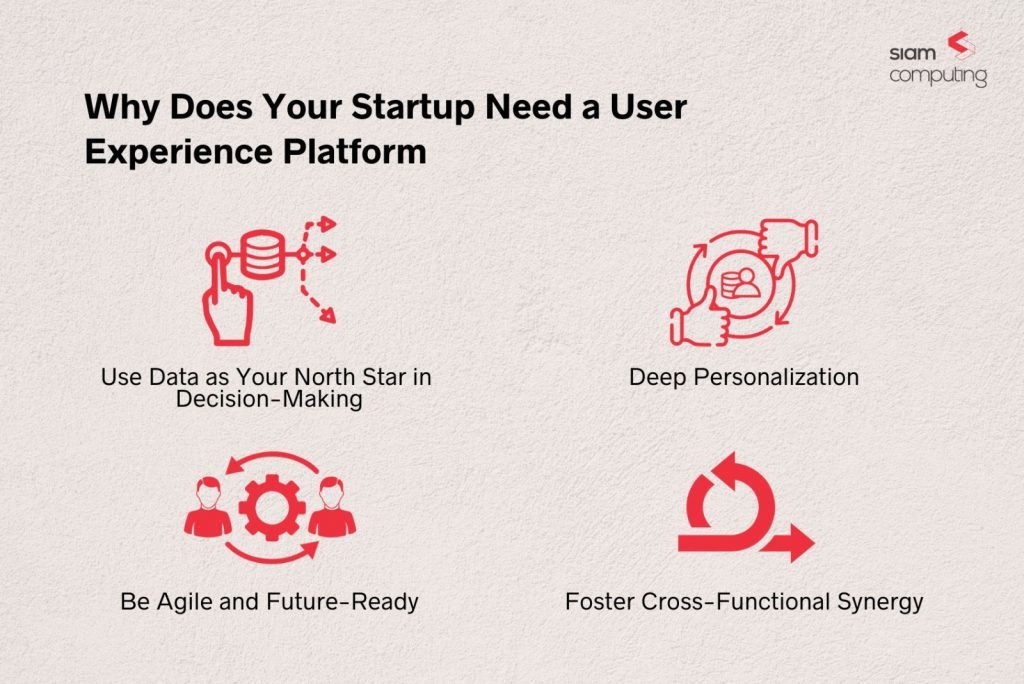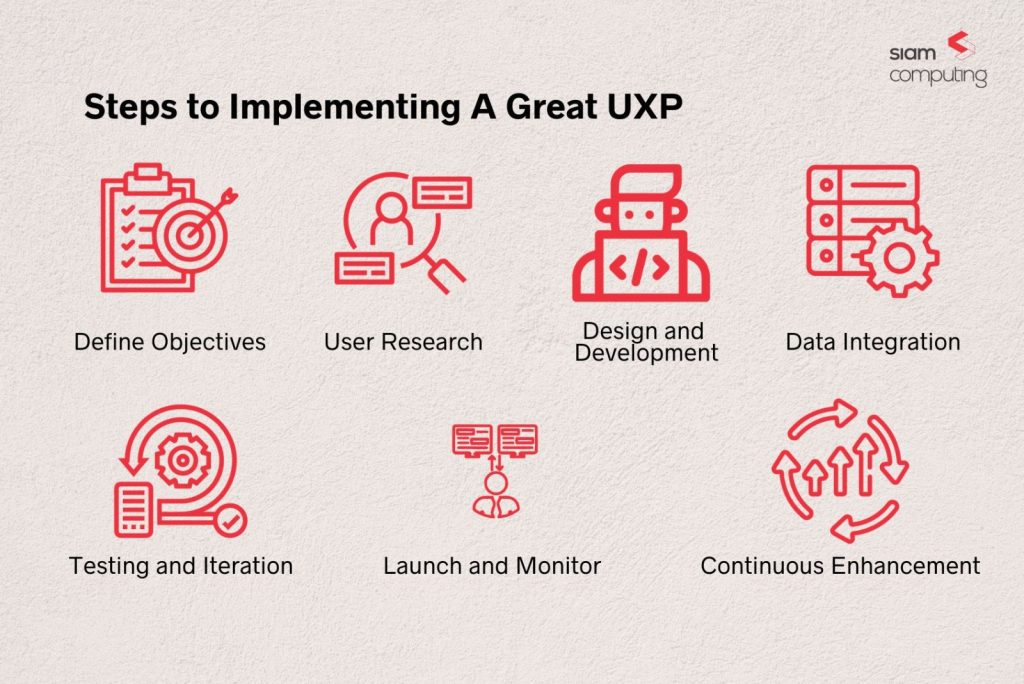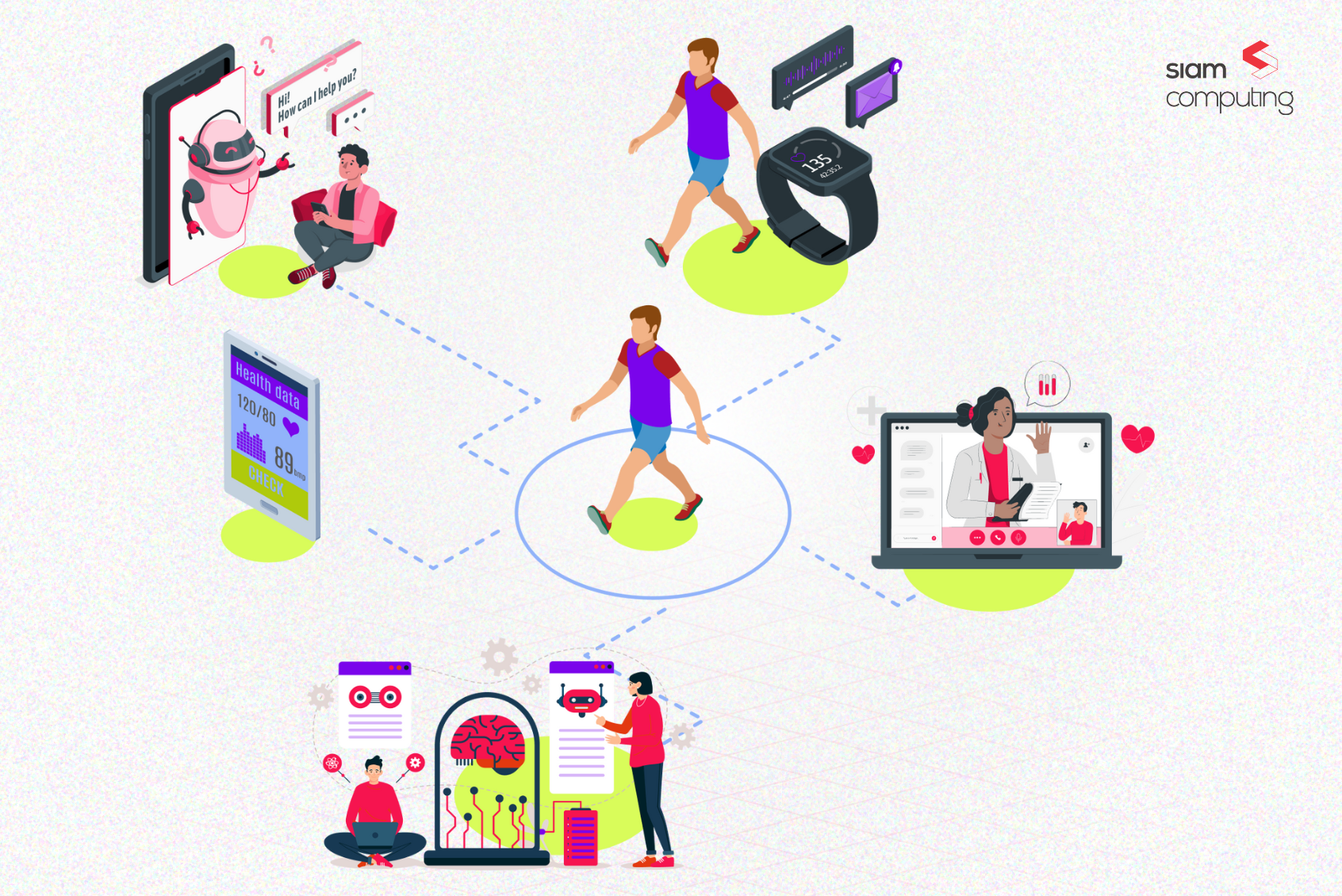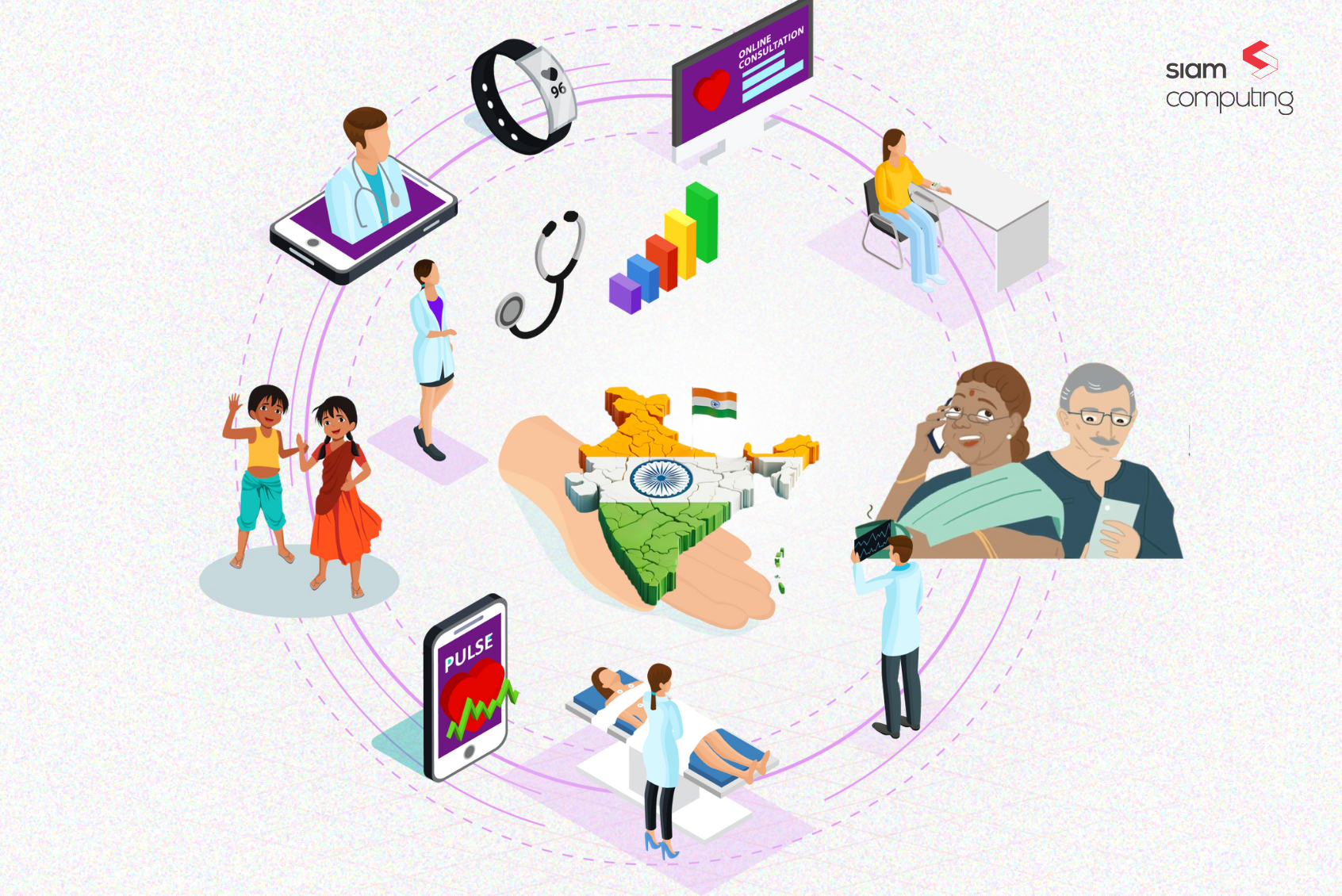From ideation to growth and maturity, your startup’s journey is marked by a series of pivotal phases. At every step in this journey, your business relies on digital platforms to communicate with users while harnessing data to listen and adapt. These components converge to refine your products, creating extraordinary user experiences that fuel your growth.
This is the nature of any modern digital-first business, and conventional apps or websites are no longer sufficient to encompass the profound digital interactions demanded by your users. As your startup progresses, providing a comprehensive digital user experience becomes increasingly paramount.
In this blog, we delve into the compelling rationale behind why startups in the growth stage must channel their efforts into delivering an immersive digital user experience for their clientele.
What are User Experience Platforms (UXP)?
A digital User Experience Platform (UXP) is not just an app or a website – it’s a dynamic ecosystem that orchestrates every touchpoint of user interaction. From mobile apps to web interfaces to IoT devices, a UXP harmonizes these experiences, ensuring a seamless and holistic journey for your users.
Simply put, UXPs help you steer the users of your digital business in the direction you want to engage them better. The ultimate aim of UXPs is to provide exceptional user experience using a single platform and to take care of your business workflow digitally.
Why Does Your Startup Need a User Experience Platform?

Users today expect consistent, meaningful, and relevant digital experiences across all intersections with your organization. When users engage with your application or website, the quality of their experience in those initial moments creates a lasting impression that significantly influences their perception of your brand.
So, if your startup is a primarily digital-first organization, or if your product or service discovery happens primarily online and if you think that providing a digital experience of your product or service will improve your sales numbers, then your organization definitely needs a user experience platform.
The benefits of a UXP are considerable for organizations that are mainly digital and have complex needs from their digital touchpoints. Here’s what you can do with a UXP.
1. Use Data as Your North Star in Decision-Making
Data isn’t just a buzzword. It’s the backbone of informed decision-making. A UXP serves as a data hub, offering real-time insights into users’ behavior, pain points, and preferences. These insights drive iterative improvements and informed strategies.
With a UXP, you can set up comprehensive analytics tools to capture user interactions, create dashboards that offer actionable insights, and conduct A/B tests to validate hypotheses and refine your user experience strategy.
2. Deep Personalization
The heart of a successful startup lies in personalization – the ability to connect with users profoundly. A custom built UXP that reflects your startups core values, empowers you to not only collect user data but also analyze and leverage it to tailor experiences for your users that resonate with your brand.
With the UXPs Siam builds, you can implement advanced data collection techniques, integrate AI and machine learning to predict user preferences, and experiment with dynamic content delivery based on real-time interactions. The sky’s the limit as to how you want to personalize your UXP.
3. Be Agile and Future-Ready
The startup landscape is a shifting terrain where staying stagnant equates to decline. A UXP is built for agility, allowing startups to adopt emerging technologies, trends, and interaction models swiftly.
The API-friendly architecture in the UXPs we build for our client enables us to be ready to integrate with emerging technologies such as voice interfaces, augmented reality, virtual reality, and even conversational AI chatbots, which are the trend today. We develop a modular architecture that facilitates easy integration of these technologies as they gain traction, so that your tech is never outdated.
4. Foster Cross-Functional Synergy
Startups thrive on collaboration, and a UXP serves as a nexus for cross-functional teams. Designers, developers, marketers, and other stakeholders in your business can collaborate within the platform, to ensure a unified and consistent experience for your users.
Siam can implement collaborative tools within your UXP that streamline communication and asset sharing. We can map and create user journeys that transcend the departmental boundaries of your business.
Real-Life Case Studies of UXPs
Let’s take a closer look at real-life case studies of startups that have harnessed the power of user experience platforms (UXPs) to drive growth and success.
Simrun Chopra’s Fitness App
In a bid to transform the fitness and nutrition landscape for Indian women, Siam Computing embarked on a journey with fitness influencer Simrun Chopra. Simrun’s ambition was to create a comprehensive fitness management solution that transcended traditional app development approaches. We focussed on expanding her offline business model through ‘Nourish with Sim’ – a digital user experience platform that enabled her to run her offline fitness business on a digital platform by elevating the communication between her clients and nutritionists.
This synergy and our focus on building a UXP, resulted in a better customer experience for Simrun’s existing and new clients and a rapid increase in social media followers. The outcome was readily visible as the subscriber base grew by over 200% immediately after the launch of Nourish with Sim, and the business achieved 50% of its annual revenue goals within a few months.
Airbnb’s Personalization Strategy
Airbnb, the global lodging and travel platform, is a prime example of a company that leveraged personalization to drive growth. By implementing a robust User Experience Platform, Airbnb transformed how users discover and book accommodations. The platform utilizes data from user searches, previous bookings, and preferences to offer tailored accommodation suggestions.
Additionally, their ‘Experiences’ feature recommends local activities based on the user’s interests and travel history. This personalization strategy improved user engagement, led to higher conversion rates, and increased customer loyalty.
Starbucks’ Mobile App
Starbucks, the coffeehouse chain, has successfully integrated a UXP into its mobile app to enhance the customer experience. The app allows users to order ahead and suggests personalized drink options based on their previous orders and preferences.
The app’s integration with Starbucks’ loyalty program further incentivizes users to engage with the platform regularly. The UXP-driven personalization has improved user convenience and contributed to increased sales and brand loyalty.
Steps to Implementing a Great UXP

While these case studies highlight unique approaches, implementing a UXP involves strategic planning and meticulous execution. Here’s a step-by-step guide to help your startup navigate the process:
1. Define Objectives:
Identify your startup’s goals for implementing a UXP. Whether it’s enhancing user engagement, improving conversion rates, or expanding to new markets, clear objectives guide your UXP strategy.
2. User Research:
Understand your users’ needs, preferences, and pain points. Conduct user surveys, analyze user feedback, and map out user journeys to gain insights that inform your UXP design.
3. Design and Development:
When it comes to user experience platforms, pick a trusted product development partner who aligns with your startup’s requirements and the needs of your users. If you are a growth-stage startup, avoid off-the-shelf solutions, freelancers, or no-code products. Consider factors such as scalability, integration capabilities, customization options, and vendor support.
4. Data Integration:
Integrate data sources to ensure a holistic view of user interactions. This enables data-driven decision-making and empowers you to personalize user experiences effectively.
5. Testing and Iteration:
Before launch, conduct thorough testing to identify and rectify any usability issues or bugs. Implement an iterative approach, continuously using A/B testing and user feedback to refine your UXP.
6. Launch and Monitor:
Deploy your UXP to users and closely monitor their interactions. Track key performance indicators (KPIs) such as engagement, conversion, and user satisfaction scores.
7. Continuous Enhancement:
Use the insights gained from data analytics to drive ongoing improvements. Regularly update and optimize your UXP to align with evolving user needs and technological advancements.
Talk to Us
In today’s competitive business landscape, startups must prioritize providing exceptional digital user experiences to stand out and drive growth. By adopting a user experience platform, startups can transform their digital presence and create lasting connections with users.
Whether Simrun Chopra’s Fitness App, Airbnb’s personalisation strategy, or Starbucks’ mobile app, real-life case studies demonstrate how a well-executed UXP can lead to remarkable growth and customer loyalty. A UXP acts as a powerful tool that orchestrates user interactions across various touch points and enables startups to harness the potential of data-driven insights, personalization, agility, and cross-functional collaboration.
The era of digital-first businesses demands a focus on user experiences that go beyond the surface. Startups that invest in creating a seamless, personalized, and agile digital ecosystem through a UXP are poised to survive and thrive in this dynamic landscape.
As you work towards providing exceptional digital experiences, remember that Siam Computing supports you at every step, offering cutting-edge solutions and expertise to elevate your startup’s growth and success. Contact us for a free product consultation, and we’ll show you how you can transform your existing app into a user experience platform.








